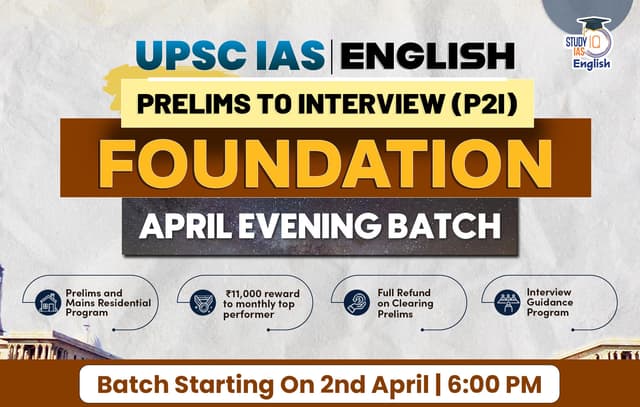Table of Contents
Introduction
The Quit India Movement was launched on August 8, 1942, at Gowalia Tank Maidan in Mumbai. The developments of World War II, including Japan’s rapid advances in Southeast Asia and British exploitation of Indian resources created a sense of urgency among Indian nationalists who saw an opportunity to push for self-rule.
Events leading to the Quit India Movement
- Failure of Cripps Mission (March 1942):
- Cripps mission was sent to negotiate with Indian leaders offering a post-war Dominion status. This offer was seen as insufficient and the mission failed, increasing discontent among Indian leaders.
- Eg. Gandhi famously called it a “post-dated cheque on a crashing bank.”
- Cripps mission was sent to negotiate with Indian leaders offering a post-war Dominion status. This offer was seen as insufficient and the mission failed, increasing discontent among Indian leaders.
- Impact of World War II:
- The British dragged India into World War II without consulting Indian leaders leading to widespread resentment and economic hardship.
- Eg. Bengal famine
- The British dragged India into World War II without consulting Indian leaders leading to widespread resentment and economic hardship.
- Growing Nationalist sentiment:
- The Indian National Congress was increasingly vocal in its demand for immediate independence.
- Eg. Mahatma Gandhi’s call for “Do or Die”
- The Indian National Congress was increasingly vocal in its demand for immediate independence.
- Advancing Japanese threat:
- Japanese forces advancing towards India created demand for self-defence, which was impossible without self-rule.
- Eg. Japanese victories in Southeast Asia (like the fall of Singapore) exposed British vulnerability, raising hopes of success in the freedom struggle.
- Japanese forces advancing towards India created demand for self-defence, which was impossible without self-rule.
Results of the Quit India Movement
- Mass uprising and nationwide protests:
- The movement saw widespread participation, with strikes, protests and acts of civil disobedience across India. Students, workers, peasants and women all joined the movement in large numbers.
- Eg. Parallel governments were established in Balliya, Tamluk, Satara and Talcher.
- The movement saw widespread participation, with strikes, protests and acts of civil disobedience across India. Students, workers, peasants and women all joined the movement in large numbers.
- Severe British repression:
- The British responded with brutal repression arresting most of the top Congress leaders, within days of the movement’s launch.
- Eg. Gandhi and other leaders were imprisoned at the Aga Khan Palace in Pune.
- The British responded with brutal repression arresting most of the top Congress leaders, within days of the movement’s launch.
- Emergence of underground leaders:
- With the Congress leadership in jail, younger leaders and underground networks took over, leading guerrilla tactics and local uprisings.
- Eg. Underground radio organized by Usha Mehta.
- With the Congress leadership in jail, younger leaders and underground networks took over, leading guerrilla tactics and local uprisings.
- International attention
- The movement drew global attention to India’s struggle for freedom, putting pressure on Britain to reconsider its policies.
Conclusion
Though the Quit India Movement did not immediately achieve its goal of independence, it was a decisive step in breaking the British resolve to rule India. The movement was a testament to the indomitable spirit of the people and their unwavering resolve to determine their own destiny.


 NCERT Books for UPSC Preparation, Check ...
NCERT Books for UPSC Preparation, Check ...
 UPSC Syllabus 2025, Check UPSC CSE Sylla...
UPSC Syllabus 2025, Check UPSC CSE Sylla...
 UPSC Mains Syllabus 2025, Optional Sylla...
UPSC Mains Syllabus 2025, Optional Sylla...





















